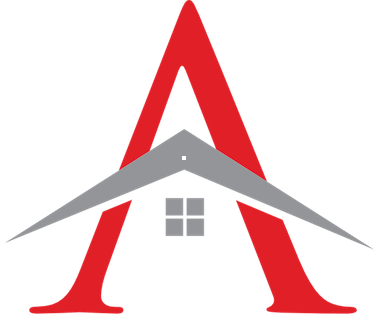Mudjacking vs. Polyjacking - What to Know
Table of Contents
Mudjacking
Mudjacking, also known as slab jacking or concrete lifting, is a process that involves pumping a mixture of water, soil, sand, and cement (known as mud or slurry) underneath a settled slab to raise it back to its original level.
Pros of Mudjacking
Cost Effective: Compared to polyjacking, mudjacking tends to be less expensive due to the cheaper materials used.
Environmentally Friendly: The materials used are natural, which makes it more environmentally friendly.
Proven Technique: Mudjacking has been around for a long time and is a proven technique for leveling concrete.
Cons of Mudjacking
Aesthetic Impact: The holes required for mudjacking are larger (about 1-2 inches in diameter), which can be more noticeable and less appealing.
Weight: The slurry is heavier than the polyurethane used in polyjacking, potentially leading to further soil compression underneath the slab.
Durability: The mud or slurry may not last as long as polyurethane, requiring future adjustments.
Polyjacking
Polyjacking, also known as foam jacking or polyurethane concrete raising, is a process that involves injecting a high-density polyurethane foam beneath the concrete slab. As the foam expands, it pushes the slab back up to its original position.
Pros of Polyjacking
Precision: Polyjacking allows for more precise lift control due to the expanding foam's nature.
Small Holes: The process requires smaller holes (about 5/8-inch), which is less disruptive and more aesthetically pleasing.
Lightweight Material: Polyurethane foam is lighter than the slurry used in mudjacking, reducing the risk of further soil compression.
Durability: The foam used in polyjacking is more durable and tends to last longer.
Cons of Polyjacking
Cost: Polyjacking tends to be more expensive than mudjacking due to the cost of the materials.
Environmental Concerns: Polyurethane is a synthetic material and may not be as eco-friendly as the materials used in mudjacking.
In terms of choosing between the two concrete leveling services, it often comes down to a balance of cost, effectiveness, and environmental impact. If cost is a primary concern and the area is not prominently visible, mudjacking might be preferred. If precision, aesthetics, and durability are more important, and the higher cost is acceptable, polyjacking could be the better choice. It's also crucial to consider the specific characteristics of the job and the soil conditions. Discussing your situation with a professional concrete leveling contractor who can provide a knowledgeable recommendation is always a good idea
